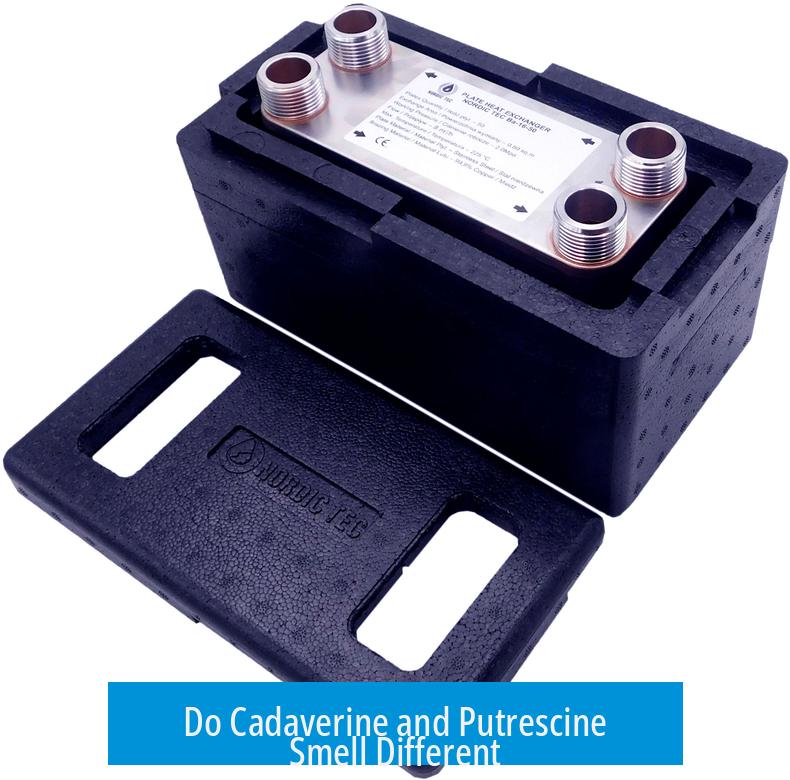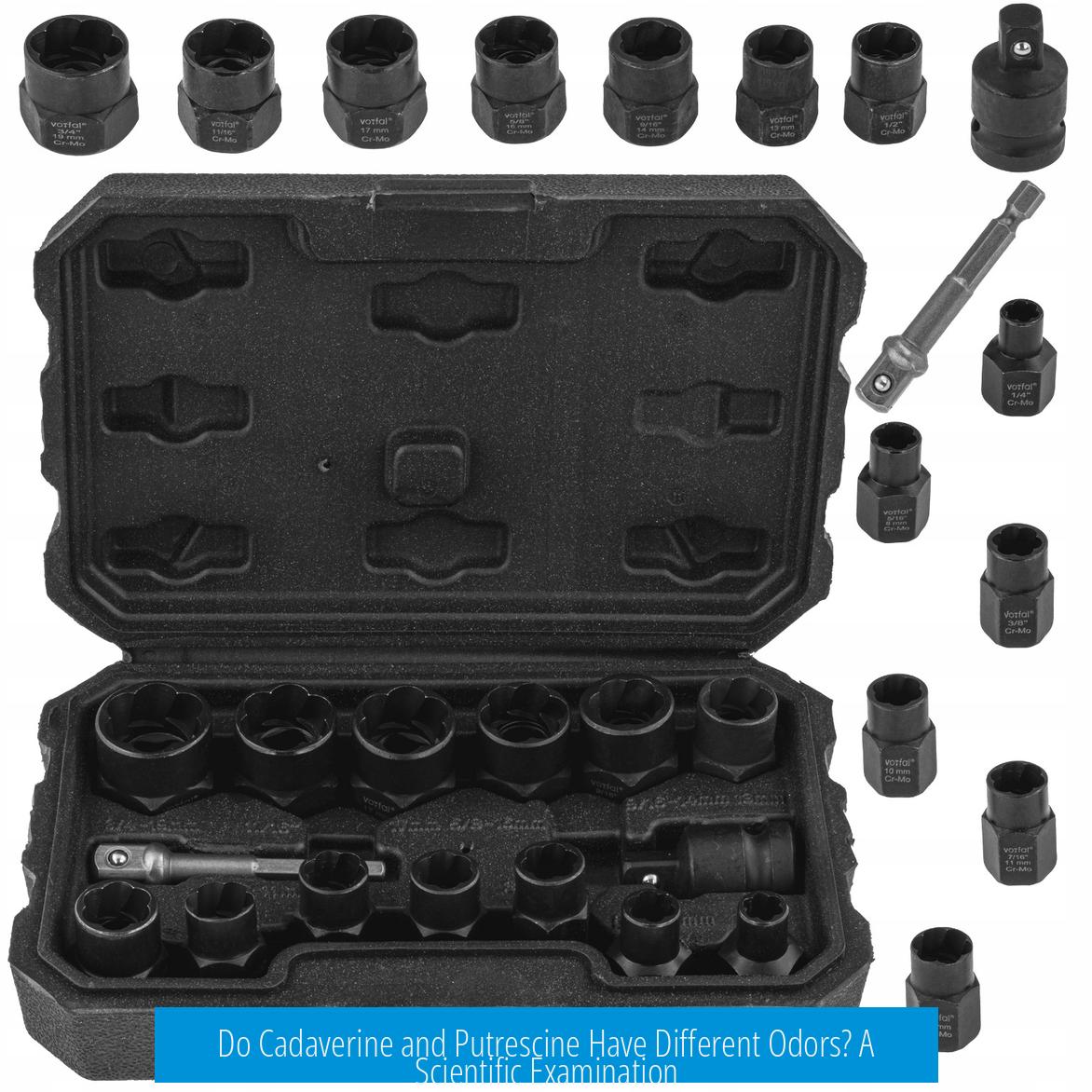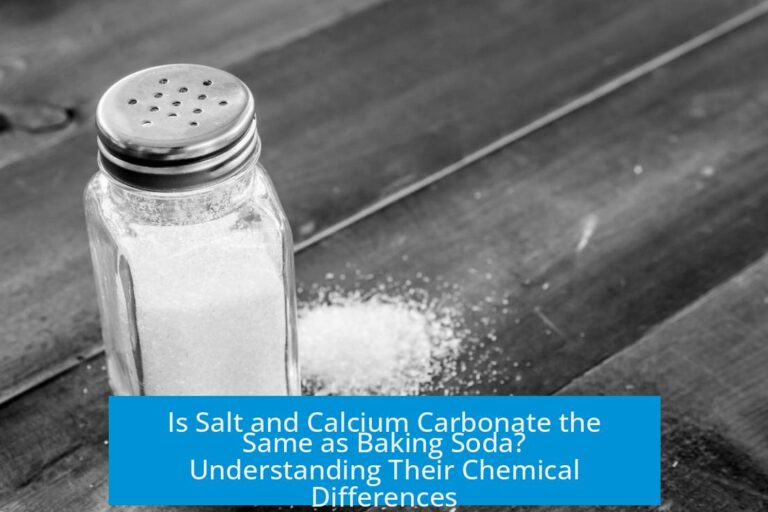Do Cadaverine and Putrescine Smell Different?

Yes, cadaverine and putrescine both smell unpleasant but have distinct odors that differ noticeably. While they each signal decay, their particular scent profiles vary in subtle and identifiable ways.
General Comparison of Their Odors
- In high concentrations, both compounds emit a strong, offensive odor commonly associated with decomposition.
- When diluted, their differences become perceptible; each has a unique character rather than simply varying intensity.
To some, cadaverine has a sickly sweet undertone, whereas putrescine carries a sour, sewage-like aroma.
Detailed Odor Characteristics
| Compound | Odor Description |
|---|---|
| Cadaverine | Sickly sweet scent, reminiscent of roadkill. |
| Putrescine | Sour, sewage-like smell, similar to rotten ground beef. |
This distinction can be compared to how various alcohols differ in aroma as molecular weight changes—both create unpleasant smells but with distinct “notes,” much like wine or coffee.
Additional Observations

- Both compounds have a waxy quality that causes their odor to linger on skin, sometimes re-emerging with heat or sweat after washing.
- Sulfur-containing decomposition products generally smell worse than these amines.
- Frequent exposure leads to desensitization; professionals handling them daily often notice the odors less over time.
Practical Notes
For experimentation, cadaverine and putrescine can be synthesized by pyrolysis of amino acids lysine and ornithine, which are inexpensive and accessible. This allows direct observation of their olfactory differences.
Key Takeaways
- Cadaverine and putrescine have distinct but equally unpleasant odors linked to decay.
- Cadaverine smells sickly sweet; putrescine smells sour and sewage-like.
- Odor intensity and perception vary with concentration and exposure.
- Both can linger on the skin and resurface with heat or sweat.
- Simple laboratory methods exist to produce and study their odors firsthand.
Do Cadaverine and Putrescine Smell Different? Let’s Settle This Nose-to-Nose

Yes, cadaverine and putrescine do smell different—but if you’re holding your nose tight, you might say they both scream “death” in their own stinky languages. Think of them as cousins at a family reunion: related in nature but with distinct flavors, or in this case, odors.
These two notorious chemicals are infamous for their roles in decomposition. When proteins break down, especially in dead animals, cadaverine and putrescine emerge, wafting their smells into the air. But what exactly are their differences? Let’s decode these olfactory offenders.
The Nose Knows: Cadaverine vs. Putrescine
Imagine yourself in a chemistry lab, vials in hand. If you took a whiff of cadaverine and immediately followed with putrescine, you’d undoubtedly notice that both smell awful—but in their own unique ways.
- Cadaverine has a sickly sweetness to it. Think of a faintly cloying scent that hints at rot but veers towards a strange, almost syrupy note.
- Putrescine, on the other hand, leans toward a sour, sewage-ish rot. It delivers a sharper, more pungent punch—similar to the acrid stench you might encounter near a backed-up drain or decaying ground beef.
In scientific circles, people often compare this difference to how the aroma of alcohols varies with increasing molecular weight. Like tasting the complex notes in wine or savoring coffee’s many layers, these biogenic amines offer their own “notes” of decay. Subtle and layered, yet undeniably foul.
Concentration Matters: How Strong is the Smell?
When these chemicals are highly concentrated, brace yourself—it’s an assault on your senses. Both cadaverine and putrescine emit an overwhelmingly unpleasant odor. Picture a double whammy of death rolled into two different “flavors” of stink.
But reduce the concentration, and the differences become clearer. Cadaverine’s sickly sweetness versus putrescine’s sharp sourness stand out, though neither becomes “pleasant.” It’s a classic case of “bad, but in different ways.”
A Personal Nose’s Tale: The Stickiness of Stink

Here’s a quirky nugget from those who’ve worked with these compounds: they’re a bit waxy and love to cling to your skin. Shower all you want, but the vapor lurks—waiting for that moment on a hot, crowded train to reappear as a sweaty reminder of its presence.
This “sweat-out” phenomenon is not just a prank on your senses; it’s a real chemical persistence. The molecules don’t just vanish—they embed and re-release. So if you ever find yourself wondering why your skin has a faint, persistent whiff of doom, now you know.
Comparing to Other Stinky Characters: Sulfur Steps In
Before you write these two off as the stinkiest in the room—remember sulfur compounds. Mercaptans, for example, hit the “pee-your-pants” level of stink faster than cadaverine or putrescine ever will.
In a ranking of foul odors, sulfur compounds often land above the “meh, I can handle it” threshold. Cadaverine and putrescine? They’re annoying, persistent, but not the worst offenders on the block.
Getting Used to the Smell: The Adaptation Effect
Funny enough, scientists who work with these compounds daily develop a kind of noseblindness. Much like ignoring the hum of an air conditioner, the brain learns to tune the stench down. This sensory adaptation means that while fresh noses recoil, veterans might just shrug and get on with their work.
Ever wondered how smell professionals or forensic experts survive repeated exposure? This is part of their secret superpower.
Want to Smell It Yourself? A DIY Experiment

Feeling adventurous? You could try making cadaverine or putrescine by pyrolyzing amino acids lysine and ornithine, which are pretty affordable. Lab-grade test tubes are cheap too. It’s a hands-on lesson in organic chemistry—and a direct answer to the smell question.
Warning: Unless you love the scent of decay invading your nostrils, this experiment requires a very brave nose—and possibly a high budget for deodorant afterward.
Summing Up the Smelly Science
In the eternal question: Do cadaverine and putrescine smell different? The answer is a definite yes. Both evoke the unmistakable aura of decay but deliver it through different scent profiles. Cadaverine’s sickly sweet, murky whiff contrasts with putrescine’s sharp, sour, sewage-like stench.
If you ever find yourself in a scenario where these compounds are present—whether forensic work, scientific research, or you’re just extremely curious—you can impress your friends by correctly identifying the “roadkill smell” versus the “rotten ground beef” odor.
So next time you catch a whiff of death in the air, ask yourself: is it the sweet whisper of cadaverine or the sour shout of putrescine? Either way, your nose won’t forget it any time soon.
Do cadaverine and putrescine have distinct smells?
Yes, they smell different. Cadaverine has a sickly sweet odor, while putrescine smells like sour rot or sewage. Both are unpleasant but their scent profiles are not the same. You can tell them apart in dilute concentrations.
How do their smells compare in strength?
At high concentrations, both smell very strong and unpleasant. The difference is clearer when they’re diluted. One resembles roadkill, and the other is closer to rotten ground beef in scent.
Do cadaverine and putrescine odors linger on the skin?
Yes, their odors can stick to your skin. After washing, heat and sweat may bring the smell back. This makes them tricky to fully remove after contact.
Are cadaverine and putrescine smells worse than sulfur compounds?
Sulfur compounds generally smell stronger and worse. While cadaverine and putrescine are foul, they don’t reach the intensity of sulfur-based odors.
Can you easily test the difference between cadaverine and putrescine?
Yes, by pyrolyzing lysine and ornithine, you can produce cadaverine and putrescine. This allows you to smell and compare them yourself if you have basic lab equipment.





Leave a Comment